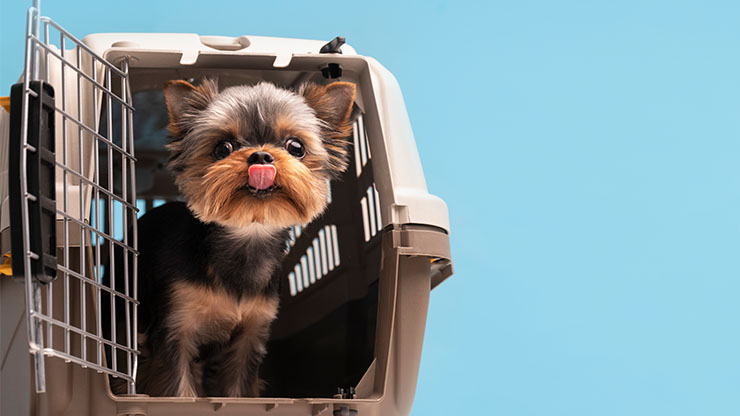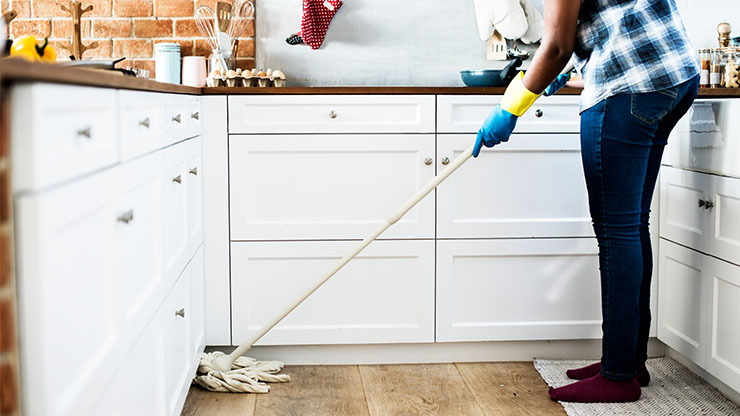
Keeping Pets Safe During Pest Control Services
Keep Them Contained
One of the best ways to keep your pet safe from pesticides is to keep them away from them. For dogs, this could mean a short stint in a carrier or spending time in a crate. You can also keep them in a safe area of your home by using a door or baby gate. Consider taking your dog outside on a leash during interior treatments. If you have a fenced-in yard, they may be able to roam freely in it during pest control. Be sure your animal has access to what they need when you need to keep them contained for longer than a couple of hours. Provide them with water and toys and ensure the environment is safe from any hazards they could get into.
Dogs also have the option of boarding in most locations. Research any doggie daycares or kennels around where they can spend the day or overnight. Some animals do better than others at boarding, so ensure you can openly communicate with the facility's owner about how they’re doing. You could also see if a friend or family member would be willing to babysit your pet while the pest control service does its job.

Plan a Day Trip
Taking your pet to a park or pet-friendly store can be a fun way to bond with them and provide enrichment. Petco, Petsmart, and some home improvement stores embrace having animals inside — so long as they are well-behaved. Taking your dog to a dog park can help socialize them with other people and animals, which can help with walks in the long run. You could also consider taking your canine companion on a long walk or hike to get you both exercise without the risk of breathing in pesticides while your home gets treated. Car rides also provide significant enrichment for dogs, so traveling to a pet-friendly location outside of town could be a treat.
Learn About the Products
One of the best things you can do for your pet when your home needs treatment is to learn the ingredients in the products your pest control company uses. Some pesticides are safe for pets, so be sure to ask about those options — no need to change your pet’s routine if you don’t have to. There are some cases where chemicals and poisons aren’t necessary. See if you or the pest control service can install traps allowing you to monitor for pests like rodents or cockroaches. Do your research on any potential risks associated with the pesticides the service will use. The more informed you are about their products, the better you will be able to protect your pet before and after any possible exposure.
Wash Your Surfaces
Be sure to wash down anything the pesticide sprays may touch, including hard surfaces. Additionally, run soft things — like your pet's bedding and fabric toys — through the laundry machine. Those surfaces absorb aerosols, so be sure your pet won’t expose themselves through playing or resting. Also, clean your floors after pest control leaves to ensure your furry friends don’t intake anything harmful remaining on them.

Know the Signs of Pesticide Poisoning
Even when you take all the precautions, your curious friend might eat or breathe in pesticides during or after pest control service. Knowing the signs of poisoning is essential so you can treat them appropriately if they ingest any.
Symptoms of insecticide poisoning in dogs include:
- Vomiting
- Diarrhea
- Loss of appetite
- Seizures
- Depression
- Hypersalivation
- Muscle tremors
Keeping an eye out for these symptoms will help you identify if your pet is getting sick, leading to a better outcome for their health.
Help Your Pets Stay Healthy During Pest Control
You love your pet and want to ensure any necessary pest control services don’t harm them in your home. Whether you need treatment inside or outside, use these tips to keep them away from damaging pesticides.










